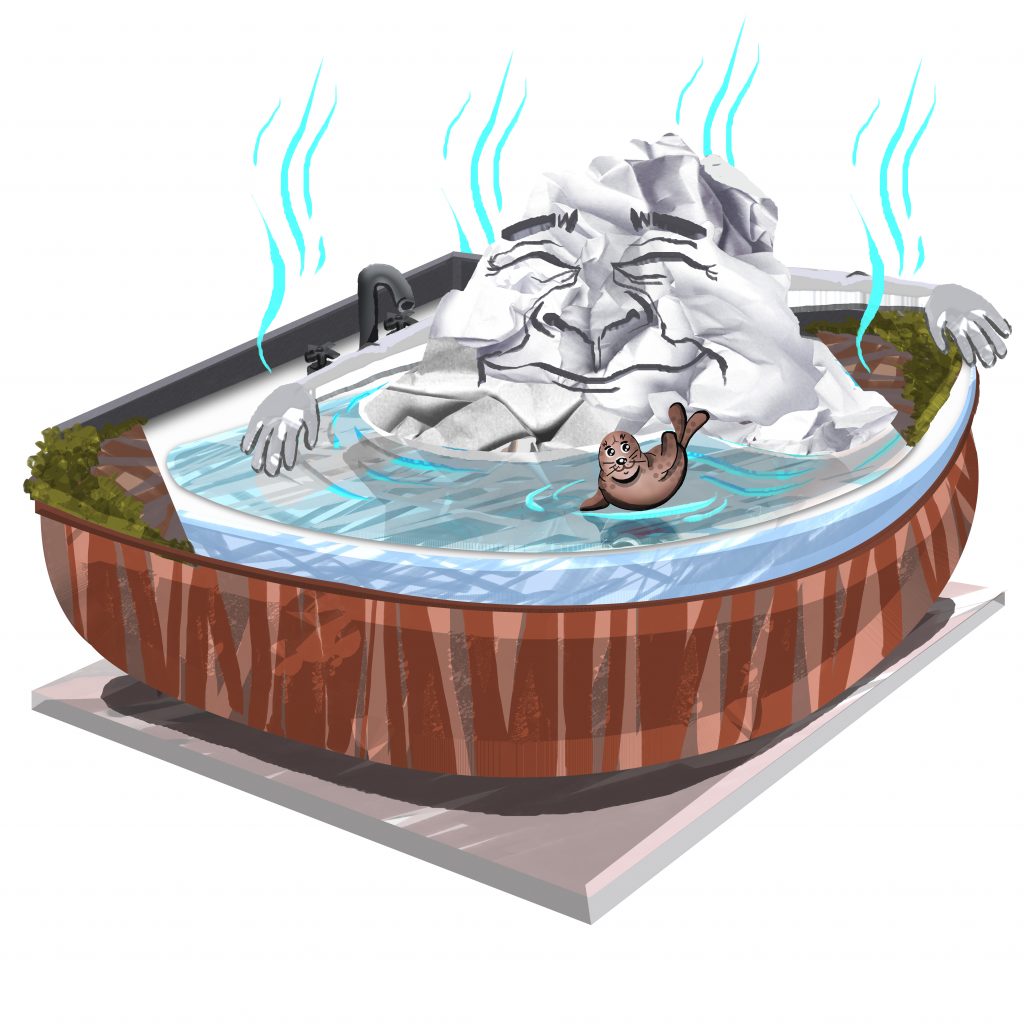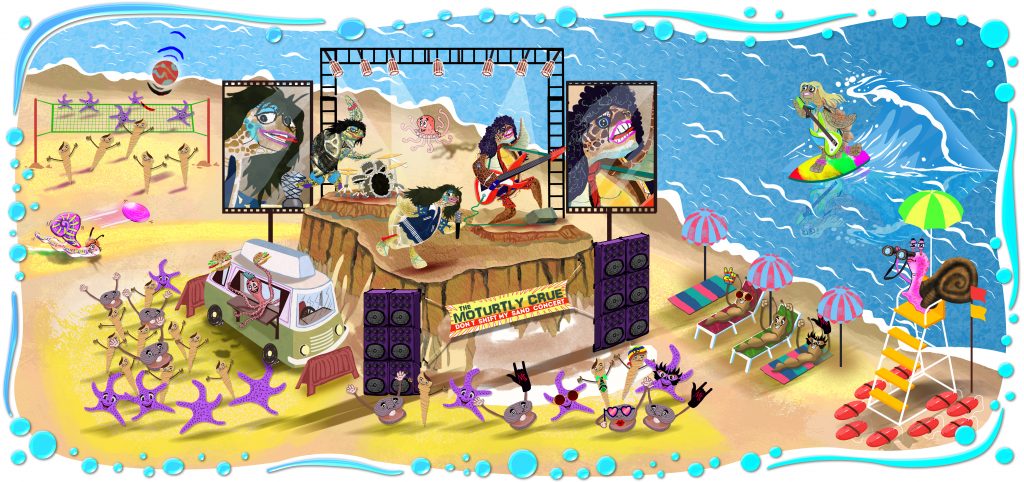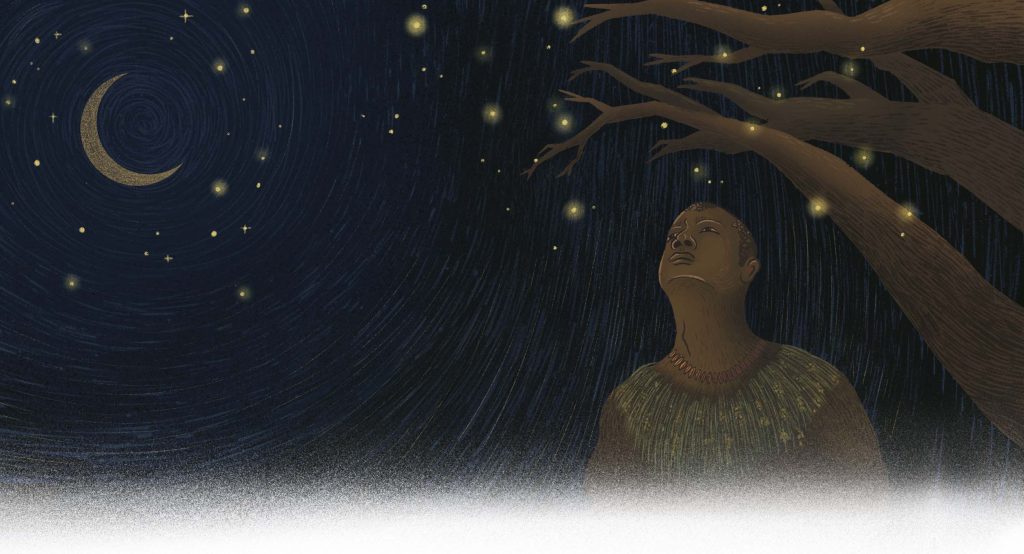At the turn of the last century, James Carrier and Daniel Miller introduced the idea of a ‘virtualism’. A virtualism is a model of reality that is so powerful that when people imbibe the model, they expect it to be true. A bit like marriage if you think about it. If reality proves to be different from the model then reality, not the model, has to change.
In the main, these authors had in mind economists’ models, which have tremendous prescriptive power. For example, these models expect people to be rational profit maximisers, and when the modellers discover that people are not, well then, they ought to learn to be. You must change yourself to conform to the model. But virtualisms are also prominent in conservation. Conservation is full of models and visions of what the Earth should look like. It is the science of the future.
Carrier and Miller’s arguments are important, but they are flawed in one obvious respect. They fail to say how right virtualisms are. It seems obvious to us that if you have a good working model that allows you to understand things, then it is only reasonable to change the world so that it fits the model. Otherwise you fall prey to a myriad local tyrannies and pretensions of nuance that simply ignore the fact that THE MODEL IS RIGHT. Models are always right. In fact, they are more than that. They are beautiful—which is why models are called ‘models’. On the catwalk of life, they shine most gloriously. The history of life on this planet could, and should, be written as an unnecessarily painful process of learning to be a model of itself.¹
Now, it is our unfortunate duty to report that, despite there being a number of reasonable and utterly exquisite models of landscapes, biodiversity and society, there are a number of places and things which continue to exist in blatant disregard of their proper place or form. We must do something about this. And it is with more sadness than anger that we write to seven of the most egregious offenders these letters in the following page.
1) Dear Indian biodiversity,
According to the Global Roadmap for Conservation, you ought not to exist. Given the massive number of roads that run through your domain and the bazillions of people that live off you, you should have disappeared and become a low priority for conservation planning. We ask that you rid yourself of all those endemic fish and frogs, butterflies and birds and beetles. Keep a tiger for old times’ sake!
Don’t drive us crazy,
The Road Kartel

2) Dear Siberian Tundra,
By virtue of the same Global Roadmap, you have been pronounced an important area for biodiversity conservation. So, stop mucking around with the handful of shrubs and herbs, and the occasional anaemic tiger, and give us the goods. We demand a cacophony of crickets, a glut of geckos, a decadence of damselflies. How about a forest? That would be good for carbon too. These cold austere landscapes will not do.
Freezing you out,
Cold Shockington

3) Dear Wilderness of North America
You most definitely exist. You were created by imagining people-less wilds to be the pinnacle of landscape evolution and then purging the peoples who had the temerity to people you, thus restoring your unsullied virginity. But you need to get bigger, better, more original. The histories of the lands you need to conquer are no object. After all, they never have been before. You are much too small and modest right now. And make your mountains grander while you are at it, please.
Yours pristinely,
Awe Shockington

4) Dear Mt. Hanang,
We regret to inform you that you exist in the wrong place. You are a 3500m mountain found in central Tanzania, covered with afromontane forest and montane ericaceous vegetation. Yet, in the vitally important new eco-regions map of all the world’s ecological zones, you are plainly, and rather neatly, classified as halophytic floodable savannah. You are appear to think that you are an extinct volcano, but you are meant to be a salt lake. You must stop this selfish occupation of endangered halophytic territory immediately. You are therefore instructed to move to one of the places where extinct volcanoes are normally found within three days of the post-marked date of this letter. Please resist any temptation to explode upon receipt of this directive.
We lava you,
Heat Shockington

5) Dear Unpronounceable volcano originally somewhere in Iceland,
If ever there is a feature of the landscape that was found in the wrong place, it is you. You got everywhere! Keep yourself to yourself and well away from any flight paths for evermore.
We lava you too,
Still Smokington

6) Dear Beaches of the World,
Stop shifting your sands. All this constant erosion and accretion is driving us nuts. You are making it very hard for coastal developers, cartographers, town planners, and beach bums. Various molluscs, crustaceans, and worms of all kinds are greatly inconvenienced by your behaviour. We have also received a petition from the sea turtles of the world, asking that you stay exactly where you are. Do not move, do not cross go, do not collect $200!!
Yours sedimently,
Oyster Shuckington

7) Dear Global Economy,
You have never done what was expected of you. The Crash of 2008? The shock therapy treatment of Russia? Are you trying to make economists look stupid? Your behaviour is decidedly weird because you helped give rise to the phenomenon of virtualism in the first place. At the very least you could have stuck to the script. Now people are pointing out that growth does not bring happiness, prosperity (broadly defined) or a general positive outlook on life. And that is definitely not what the model prescribed.
Yours shilingly,
Debt Piling-upton
The problems do not end here. Make up your minds, mangroves—are you aquatic or terrestrial? Rivers, how dare you change course? And in the larger and longer scheme of things, continents, for heaven’s sake2, stop drifting and settle down.
If only the world and its peoples (and other life) realised that it is the scientists’ job to decide what things look like and how to behave, and everyone else’s job to do what they are told, then the world would be a much better place. Just ask a lab rat.
¹DNA, for example, did not have a clue what it actually was until Crick and Watson made their famous model of it.






